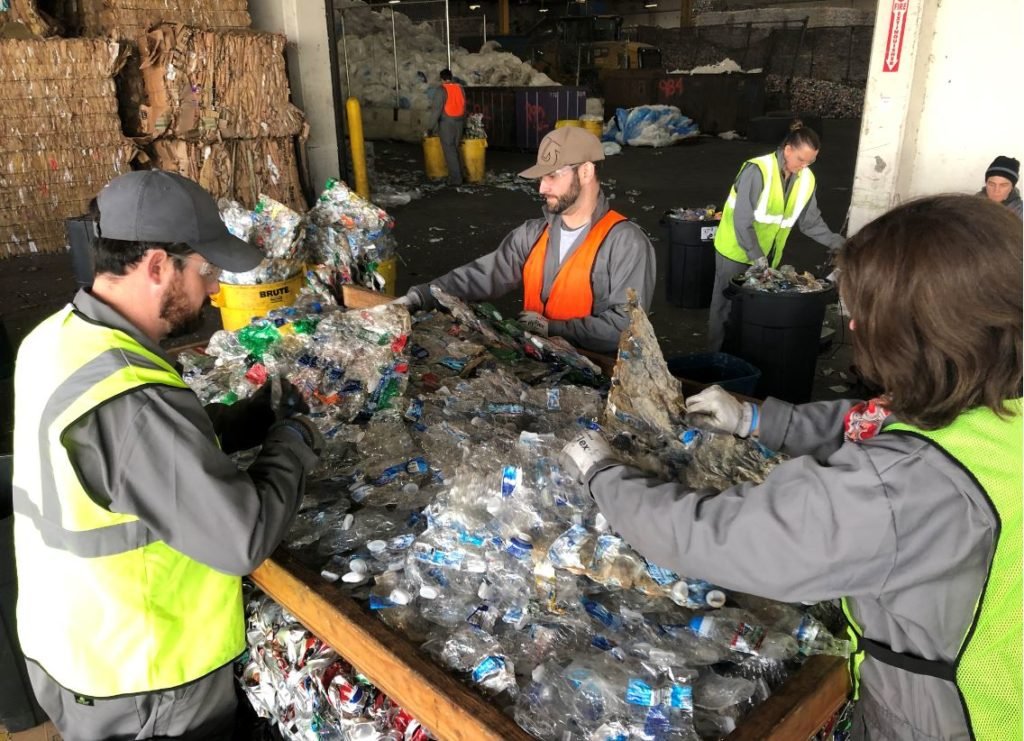Polyethene terephthalate or PET is the world's most common type of Plastic. Manufacturers use fossil fuels, natural gas and petroleum to manufacture PET. They are the easiest ones recycling. The addition of 'r' signifies that it is also recyclable and known as rPET. The most common use of rPET is in soda water bottles.
The addition of new and vibrant colours makes your dinners an absolute delight. Nowadays, there are many attractive and premium ranges of pet dinnerware available. This article will give tips to better select and use the rPET dinnerware.
10 Tips for Better Use of rPET Dinnerware
Look For the Packaging
When it comes to buying the recyclable dinnerware, or you want to have them for parties. It is of utmost importance to look at the tieing up of dinnerware. The convenient packaging is the need if you want to transport the items from one place to other.
Generally, for wholesale distributors, there are cartons comprising a pack of 300 items. For small parties, home catering and events, a shrink packaging of 25 items is good. This will provide safe and convenient travelling.
Ensure That Material Is Clean
When selecting the rPET recycled Plastic, you must ensure that the product is clean. And in all respects as we are using it for dinnerware, so cleanliness is essential. Only the super clean material complies with the EU standards.

Fully Recyclable Material
rPET is special to promote environmental protection by avoiding pollution in any form. Thus, when you selecting the rPET dinnerware. it is crucial to look for recyclable material. This will help in creating an eco-friendly atmosphere.
Minimum Recycled Content
Every country has its standard of recyclable content should be in the rPET Plastic. Yet, if you want to call a plastic rPET, it should contain a smallest amount of recyclable content. As a general recommendation, 51% recyclable content is necessary for rPET.
Recycling is a great way to reduce the burden on the environment and global footprints. , and recycling waste plastic products like rPET dinnerware. Thus, we can make new things with less investment. This action will help us in saving resources and curtailing the expenditures.
Food Safety Regulations
When using the rPET dinnerware, must to consider many regulations about food safety. rPET is a safer plastic recommended for food. But it still has to pass regulation The European Food Safety Authority EFSA. Under the regulation number EC282/2008. So before using rPET dinnerware, please look for these criteria.
Recycled Plastic, not Recovered Plastic
The terms recycled and recovered are often the same in use but not always. So for rPET dinnerware, go for recycled Plastic, not recovered one, due to the reasons;
According to the definition of the EU waste framework directive (2008/98/EC). The word 'recovered' means to collect something from waste. Without the intention of making some useful product. Generally, the recovered Plastic is not suitable for dinnerware.
We can use Recycled Plastic to make some valuable materials or products. This activity is the same as rPET Plastic. In commercial terminology, the process of sorting carries out. Without the intention of retaining a quality. Sometimes it happens that recovered Plastic is an initial stage. And from there, the stage of processing and recycling comes. Thus, this type of Plastic is suitable for dinnerware.
rPET has a lower carbon footprint, converting post-consumer PET dinnerware. And containers into a helpful resource such as rPET benefits the environment. It also reduces the need for virgin PET, which uses more energy and water to manufacture.

Post-Consumer Recycled Plastic
Recycled Plastic is again of two types. one is pre-consumer while the other is post-consumer recycled Plastic. The pre-consumer recycled Plastic we get it from recycling the industrial waste. In the case of rPET the common ingredient is the waste plastic.
The post-consumer recycled Plastic is the one the consumers like food packaging. After usage, the recycling stage comes. In the case of rPET dinnerware, we use both types of recycled plastics.
Check the Label
The distinctive #1 labelling is essential before using the rPET dinnerware products. This label indicates the presence of recycled content. And can be recyclable again. Thus, they do not pose any threat to the environment or ecosystem. Less energy consumption and are the main characteristics of rPET dinnerware.

Almost all rPET plastic products have environmental benefits. (we're working on making it "all"). But selecting the correct items for you can be difficult. There are color codes for various product lines to make things easier for you.
Which one is best for you? You can determine by a combination of what is important to you. And your availability for recycling and composting. The beauty of both platforms is that the materials themselves are more friendly. Than typical plastics, so you can't go wrong.
Recycle Them after Usage
In ordinary plastics, their recycling and disposal is an issue. which leads to many environmental problems. When it comes to dinnerware, after a few years of usage. we want to get rid of them, and sometimes this task becomes complicated. But, with new technologies like rPET Plastic, we can now get greatest enjoy them.
But in the case of rPET Plastic, the best thing is we can recycle it when we need it. If we are using dinnerware for a longer time and want to change it. You can give this to plastic recycling units for recycling purposes.
Recycled PET will is famous as post-consumer rPET. and it will help overcome environmental pollution. Due to excessive waste and little caused by plastic products.
rPET Dinnerware Growing Business
There are many reasons why businesses use pet products. Such as beer glasses, wine glasses, champagne glasses. And cocktail glasses, shot glasses, tumbler glasses. Hot cups, part pots, bottles and sampling & serving products. These include a desire to give packaging and products to consumers. And coincide with their intention to safeguard the world for future generations. Businesses also aim to lessen their dependency on landfills. Recycling of 29% of plastic is happening currently. Companies can close the loop on PET material by employing rPET.
Furthermore, there is an increasing amount of plastic bottles and containers. end up in the oceans, affecting marine life and the ecology. Companies using rPET enhance demand for post-consumer PET, encouraging more recycling. And diverting plastic garbage from the oceans. Using rPET dinnerware benefits everyone and is an excellent motivation for businesses.


